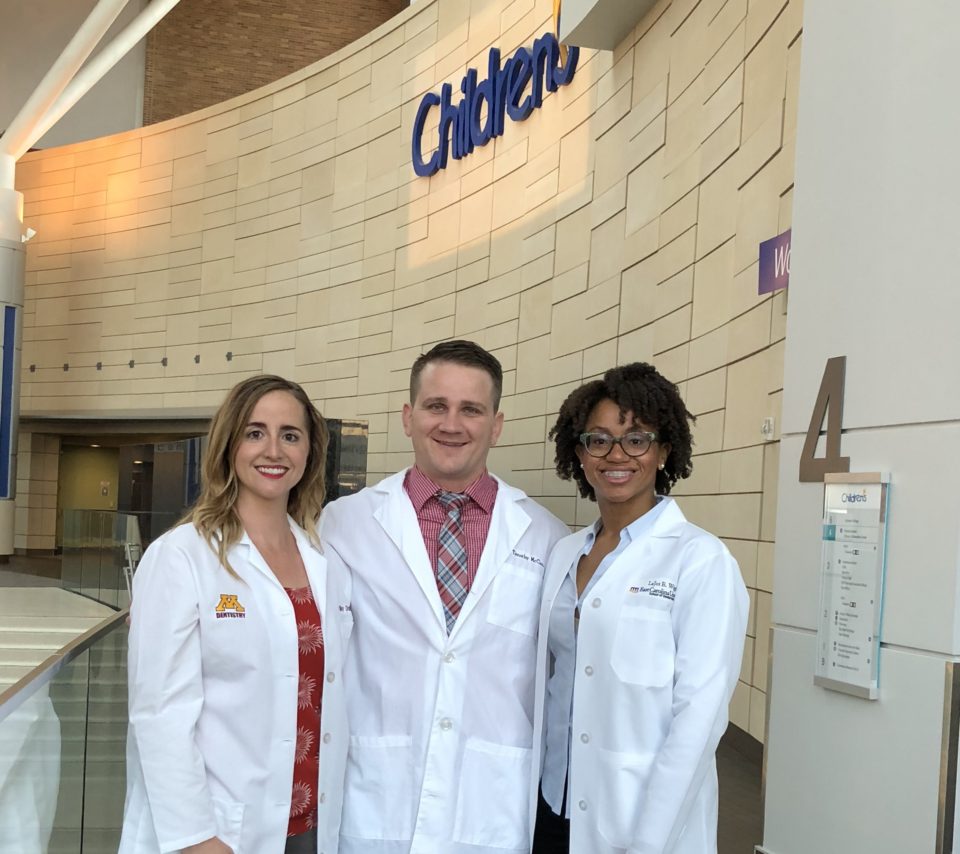
You think you are finished. After surviving your classes and practicals and passing boards, you prepare for graduation and then you realize you have yet to figure out what exactly you’re supposed to do next. That was me in summer 2016. I had been so consumed with my school work and extracurricular activities that I neglected the reason why I came to school — to get a job.
I had an idea of what I wanted to do but didn’t know the route to get there. I loved pediatric dentistry, but I also had a special spot in my heart for special needs patients. I decided to complete a one-year GPR and gain more experience working with children. I figured if I felt the same when I was finished, then I would apply for a pediatric dentistry residency. I know what you’re thinking — why would I go through the application cycle twice? But when approaching this process, you must begin with the end in mind, and my goal was to become a pediatric dentist.
Applying for residencies is a major (and expensive) investment, so you want to make sure that you know the type of program to which you want to apply. Here are a few keys to making the decision-making process a lot smoother.
Decide what you like to do.
In preclinical simulation lab and clinic, pay attention to the type of procedures and patients that bring you the most joy. Maybe you like a particular specialty more, maybe you prefer to practice a little bit of everything. Use this insight to help pinpoint what you are passionate about. Once you figured out your passion, request additional educational and volunteer opportunities in that particular department.
Decide where you want to go.
This is comprised of three criteria:
- Program details: Thoroughly research each potential program. Determine if you prefer an academic or hospital-based program. Review their website and jot down information about what each one does and doesn’t provide. Start contacting the ones that interest you and request an externship, which is where you learn the most about programs and can make an excellent impression. Depending on where you go visit, this process can be costly. Make sure the programs are tied to what you’d like to do in the future. If you are unable to afford the travel expense, tap into your ASDA network. Contact your colleagues who are currently at or recently completed the program and ask how they enjoy being in the program.
- Location: While focusing on what a residency program has to offer is crucial, I believe you have to physically be in a place where you can thrive. Pick a residency in a location where you can be happy and has things in that area that interest you. I learned that for me to thrive in a learning environment, I have to be in a social setting where my personal life can flourish as well. For example: If you hate cold weather, a Northeastern program shouldn’t be your first choice because you may dislike living there, which could affect your overall outlook of the program. Residency is not just about growing as a clinician; you want to develop into a better person in the process, and to do that, you need to have a personal life.
- Compensation: Find out what and how you will be paid or if you have to pay. There are positions that are salaried, tuition-based or offer a stipend.
Determine the right timing.
Everyone thinks that you have to go straight into residency immediately after graduation, and that’s not true. You can always apply at a later time. It is entirely OK to practice for a while and then apply later. You can even decide to complete an AEGD or GPR, then apply to a specialty program. There is no “right” path, only your own path.
Once you’ve narrowed that down, when the time comes, be ready to apply early. Beat the crowd. Request your recommendations early, and be aware of AADSAS deadlines. At this point, you should already be aware of individual programs you want to apply to, their requirements and deadlines. Not paying attention to the subtle details could prevent you from getting an interview.
And always remember to be positive during this process. The decision-making and application process can be stressful, but keeping a positive mindset can make it progress more smoothly.
~LaJoi Wiggins, DMD, East Carolina ’17, Virginia Commonwealth University Pediatric Dental Resident
This blog post is the first in a series focused on career paths you can take after graduating dental school, as part of ASDA’s inaugural Career Week. Explore residency, specialties, associateships, buying a practice and non-traditional careers via webinars, blog posts and social media content all this week.

No comments:
Post a Comment